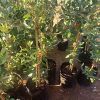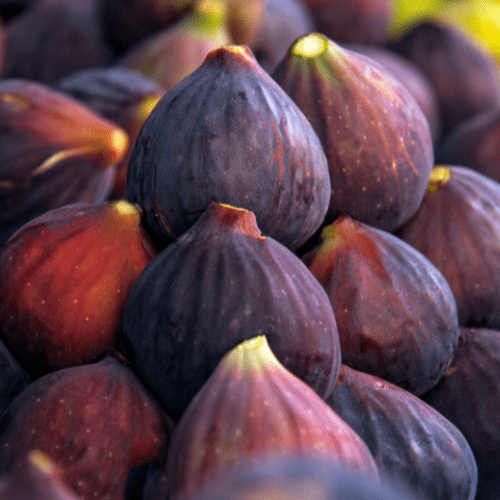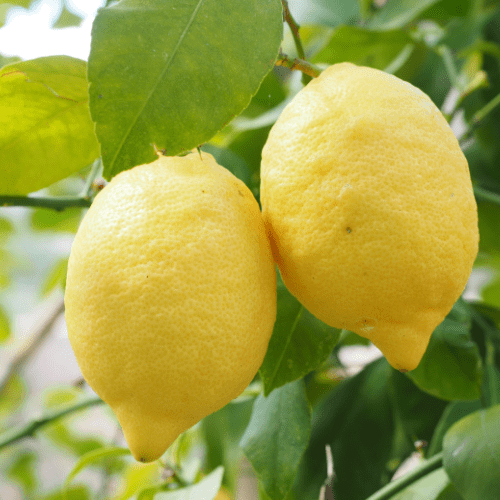Position:
These plants do best in full sun to partial shade. In hotter climates, some afternoon shade might be beneficial to prevent sunscald on the fruit. Can be planted in a good size container, however fertilise and water more frequently.
Soil:
Feijoas prefer well-draining soil with a pH between 5.5 and 7.5. Add at least one bag of acid compost to your soil. Ensure good drainage to prevent waterlogging, which can lead to root rot.
Watering:
Feijoas require moderate watering. Watering deeply and regularly is recommended, particularly during dry spells. However, avoid overwatering, as soggy soil can lead to root rot. Once established, they are drought-tolerant.
Mulch
Mulch is a good way of preventing weeds and reducing the rate of water evaporation from the soil.
Apply organic mulch to your tree all year round, as the roots are shallow.
Use from 2 to 5 centimetres of pine bark mulch to protect the roots from UV damage and drying out. It retains moisture, and maintains an optimal pH. Do not let the mulch touch the plant stem, as it may cause infection or rot.
Fertilising:
Feijoas benefit from regular fertilisation during the growing season. Apply our slow-release fertiliser—1 teaspoon every 4-5 months—even though it is called berry fertiliser; it is for all plants/trees.
Pruning:
Prune feijoa plants after the fruiting season has ended to maintain their shape, remove dead or diseased branches, and encourage air circulation. Pruning can also help improve fruit production by redirecting energy to fruit-bearing branches.
Pollination:
Feijoas are self-fertile but often benefit from cross-pollination to enhance fruit production. Planting more than one feijoa variety can increase pollination rates and fruit yield. Bees and other pollinators are attracted to the fragrant flowers.
Pests and Diseases:
Feijoas are relatively pest—and disease-resistant. However, they can be susceptible to aphids, scale insects, and fungal diseases like powdery mildew. We recommend Effective Microorganisms to prevent the spread of these pests and diseases. Hose the tree first, to remove the aphids, and then spray well with EM Control. As they tree grows larger it will be healthy and pests will be a thing of the past.
Harvesting:
Feijoa fruits ripen in late summer to early Autumn, depending on the variety and growing conditions. Harvest fruits when fully ripe, indicated by a slight softening and a pleasant aroma. Twist the fruit off the stem or use pruning shears to cut it from the plant.










